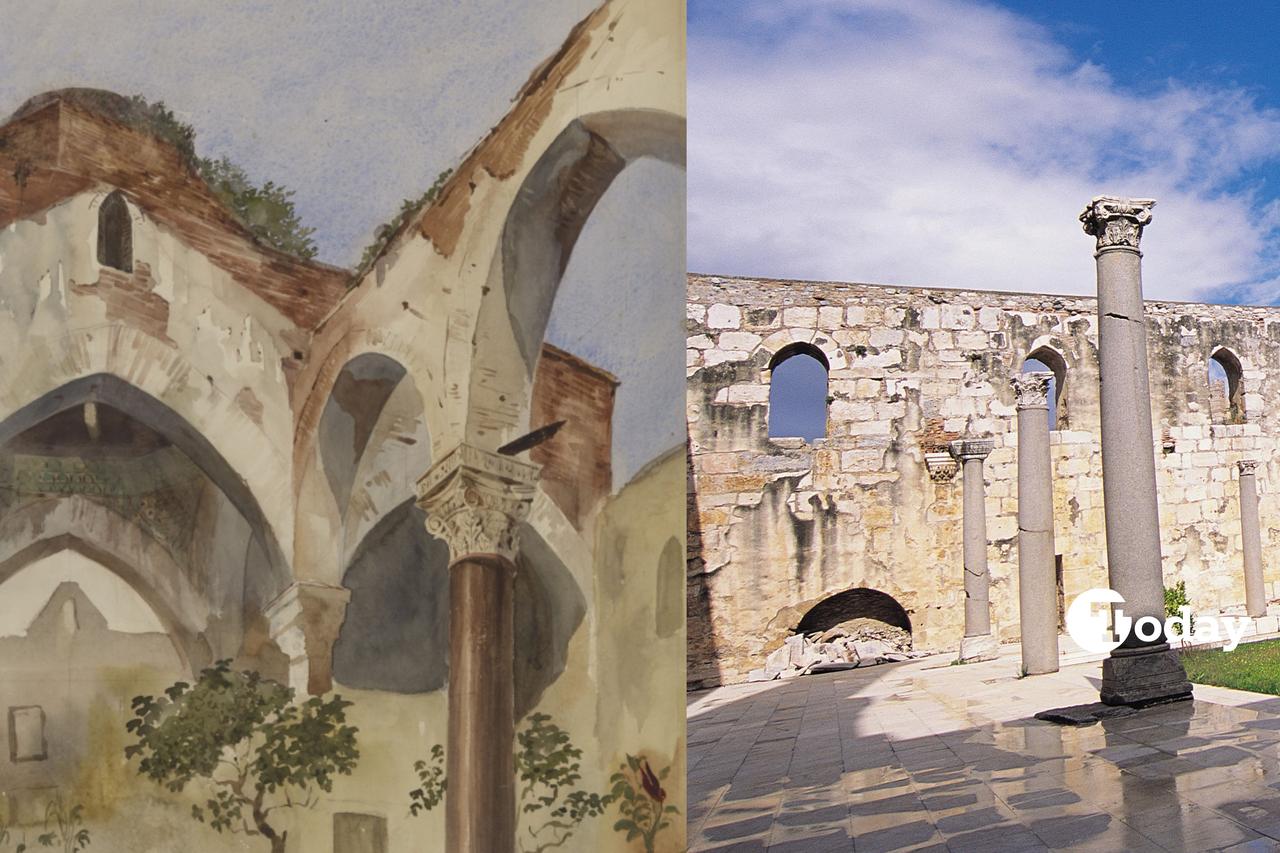
French architect, archaeologist and explorer Charles Texier, known for his extensive travels across Asia Minor, offers a unique visual and scholarly perspective on one of the most iconic Islamic monuments in western Türkiye: the Seljuk-era Isa Bey Mosque in Selcuk, Izmir. His previously unpublished set of 27 detailed drawings, now preserved in the RIBA (Royal Institute of British Architects) archives at London’s Victoria and Albert Museum, sheds new light on the structure’s forgotten features and architectural legacy.
Texier first arrived in Anatolia in 1833 with support from the French government. On his final visit in 1842, he meticulously documented the Isa Bey Mosque, a 14th-century masterpiece commissioned by Aydinoglu Isa Bey. These documents remained unpublished due to financial constraints, despite their scholarly significance.
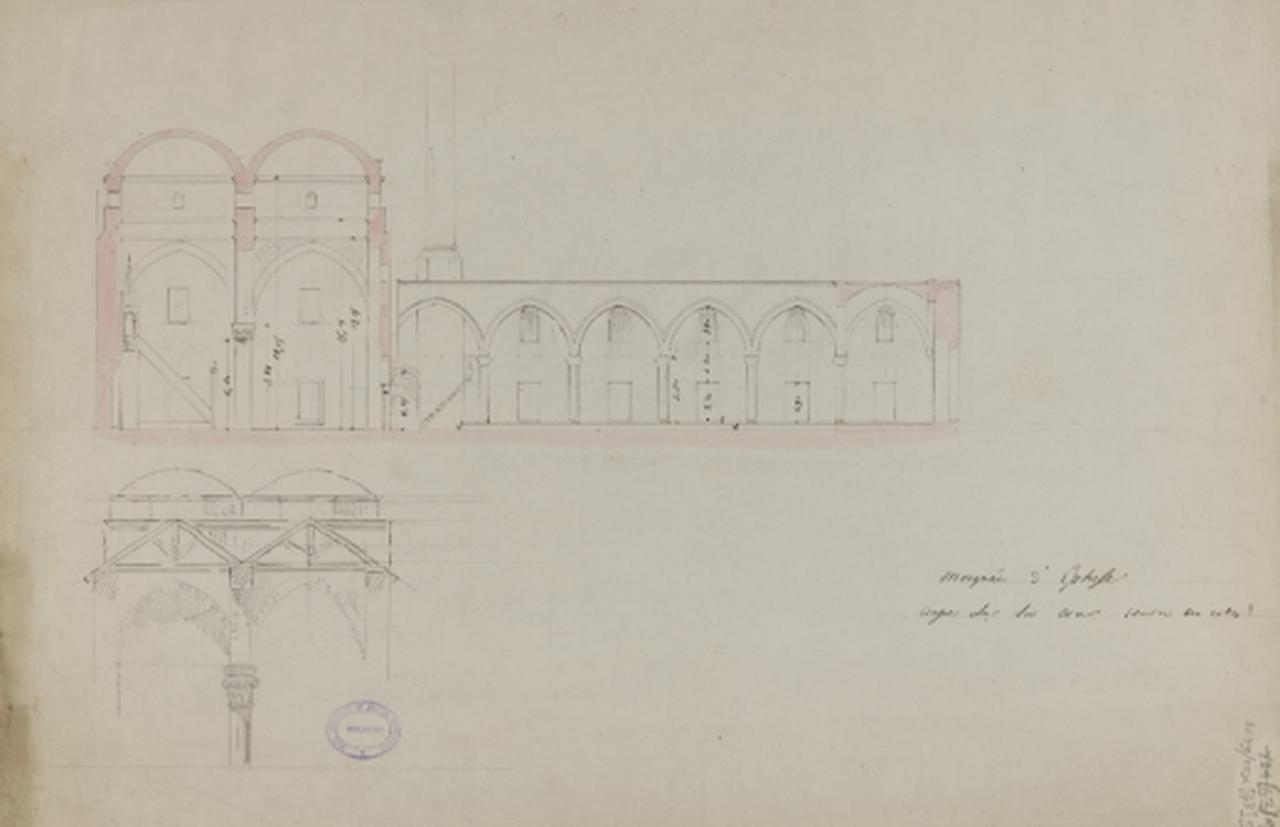
Until recently, most of the architectural references for the Isa Bey Mosque relied on the engravings of another Western traveller, Edward Falkener. However, a comparative analysis of Falkener’s and Texier’s depictions reveals notable differences. While Falkener often relied on reconstruction techniques, Texier’s images show a more analytical, measured approach rooted in firsthand observation. His renderings are noted for their precision and detail, enhancing the reliability of existing knowledge.
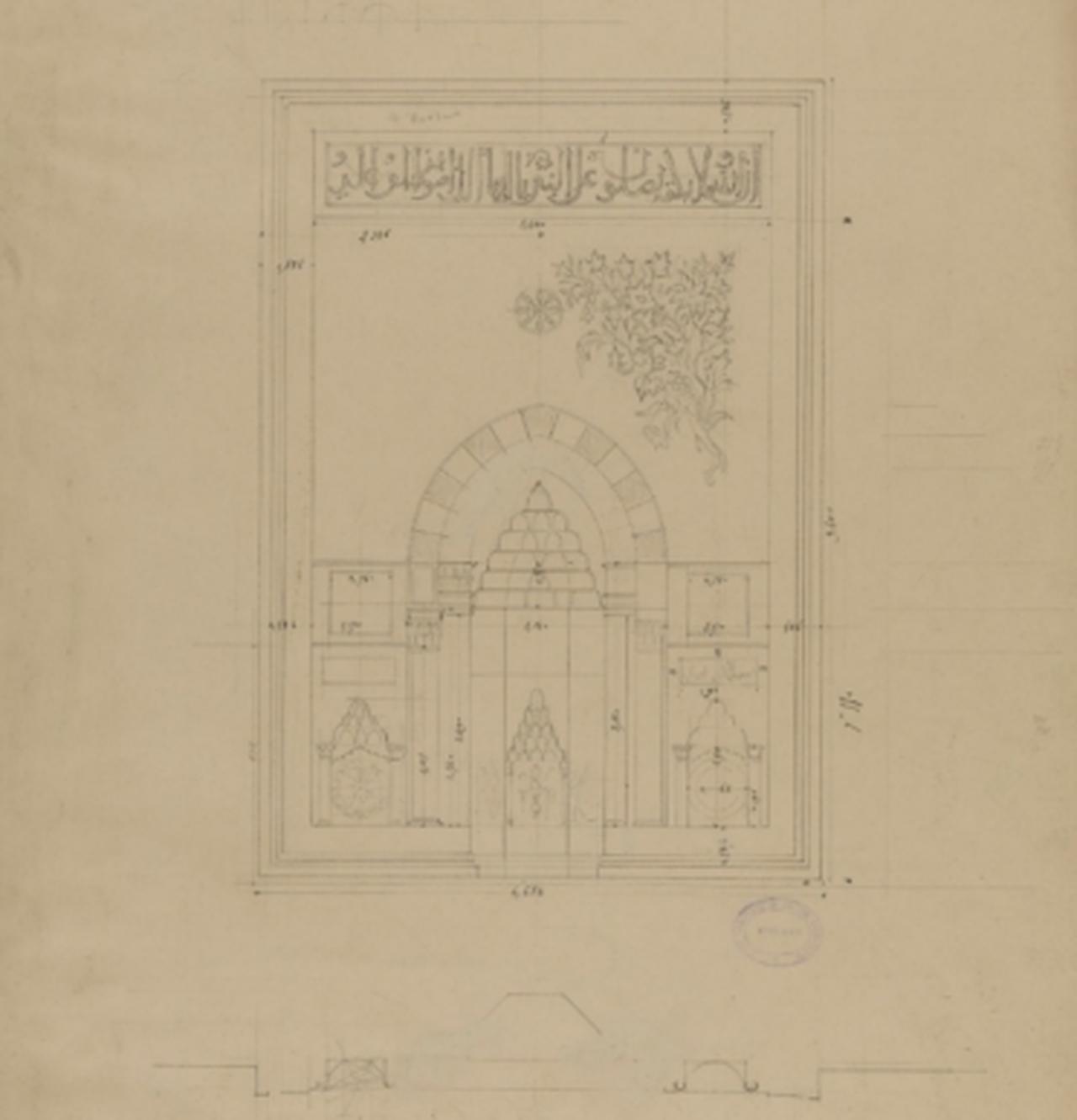
Isa Bey Mosque, built in 1375, is a rare example of early Turkish-Islamic architecture that blends Seljuk, Mamluk, and Zengid influences. The structure's symmetrical façade, marble columns repurposed from nearby Roman ruins, and the use of composite capitals all testify to this eclectic fusion.
The mosque’s unique layout, with two central domes flanked by wooden ceilings and intricate tilework, also draws inspiration from the Umayyad Mosque in Damascus. The western facade, adorned with Syrian-style stonework and colorful interlocking motifs, highlights the role of Syrian artisans in the building’s construction.
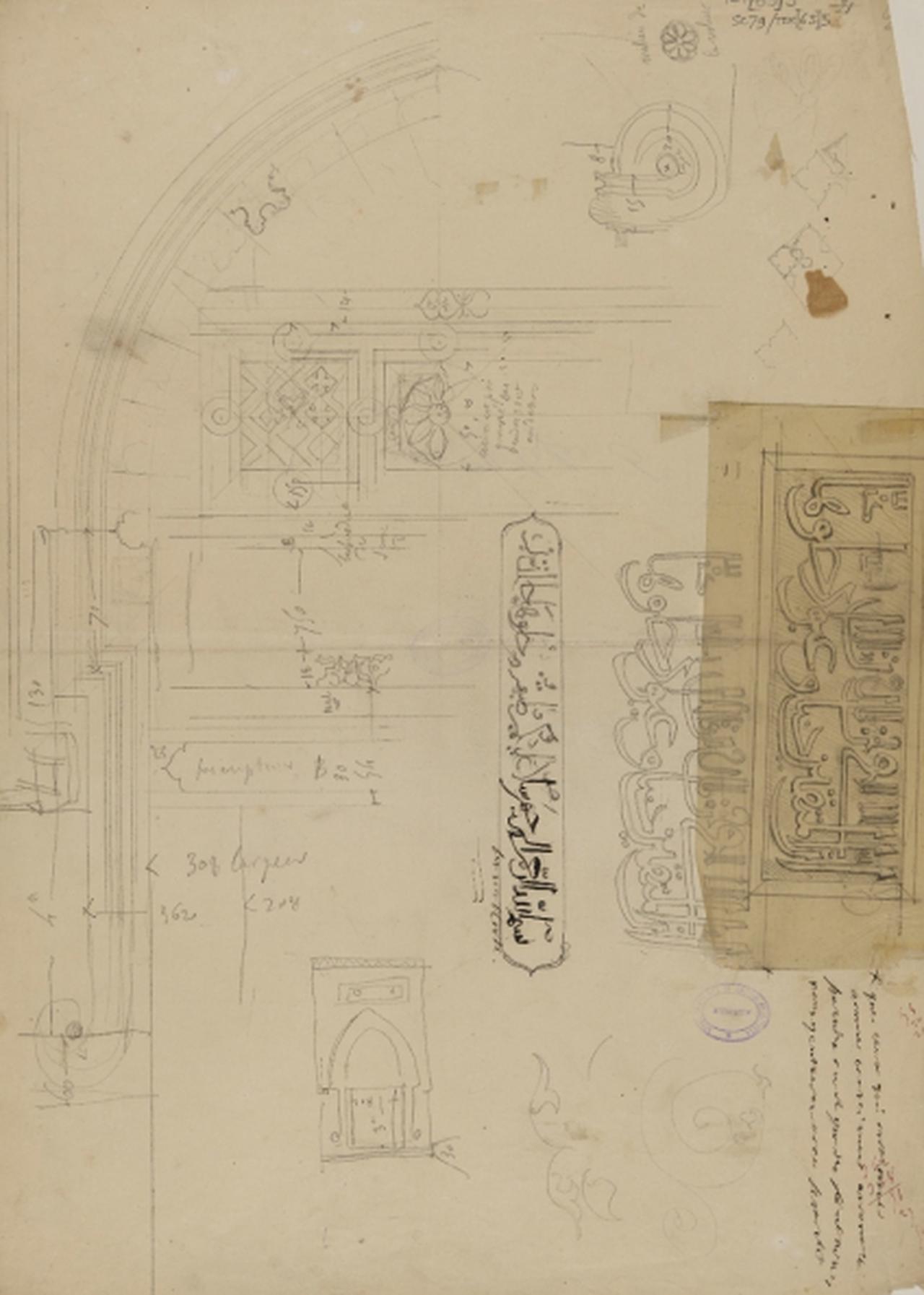
One of the more intriguing aspects of Texier’s documentation is what’s absent. He omits the grand western portal and northern gate entirely, yet provides detailed analysis of the eastern portal and marble inscriptions near the floor. One such inscription attributes the pulpit to a craftsman named Ali, a native of Syria, emphasizing the diversity of artisans who contributed to the mosque's creation.
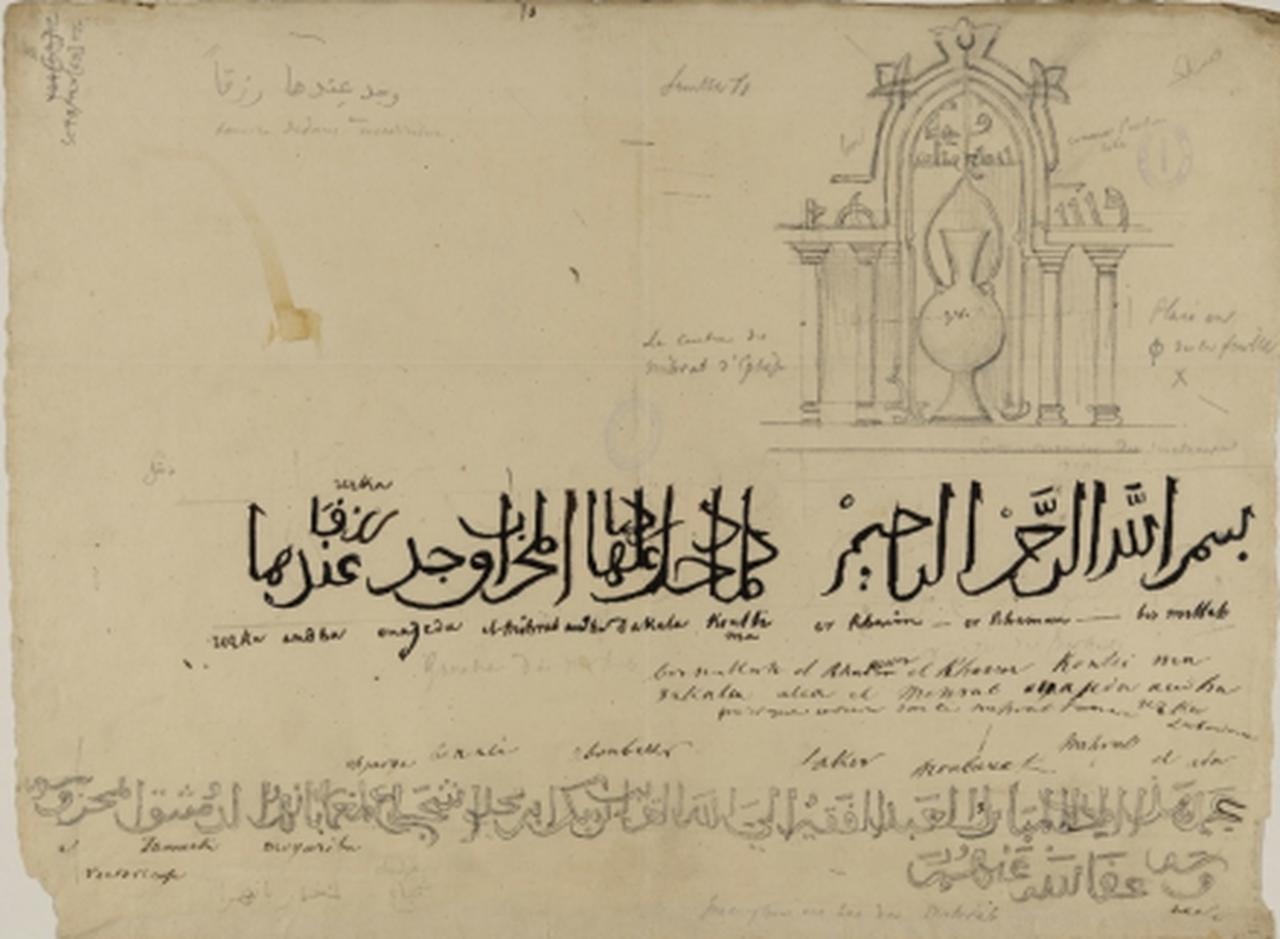
Texier’s legacy lies in his methodological rigor. His work involved not only drawing and measuring but also transcribing epigraphs and interpreting architectural styles. Assisting him were prominent artists of the era, including Jacques-Jean Clerget and Clément Boulanger.
Tweet: Rediscovered engravings by French explorer Charles Texier unveil new secrets of the 14th-century Isa Bey Mosque, reshaping Türkiye’s architectural history